JLR says it needs to completely reinvent the Land Rover Discovery for its fourth decade and is starting from a clean sheet.
However, with it vying for space alongside the Defender, Range Rover and to a lesser extent Jaguar, this looks like a significant task.
It was hard not to raise an eyebrow when JLR’s new CEO, Adrian Mardell, told Autocar in August that one of the company’s four “brand pillars” was about to undergo a complete rethink.
“The [brand] equity in Discovery is less today, and lots of people have lots of views on why that might be,” he said. “They’re interesting, but they’re only interesting if they’re informative about what [we] do next. We need a dedicated think tank to do that. I’m a great believer in deep and meaningful thinking and giving people the time to do that.”
For keen JLR watchers, Mardell’s revelation was something of a surprise. In June, the company gave a mammoth presentation to investors, announcing the business was going to be reworked as a “house of brands” – four of them, to be precise.
![]()
Defender was described as “embracing the impossible… for adventurous audiences”; Jaguar as “a radical, modern luxury EV brand… the modern luxury experience that is a copy of nothing”; Range Rover as “the peerless leader in modern luxury, delivering the exceptional for the most discerning clients”; and Discovery as “delivering luxurious versatility… delighting new family audiences”.
Clearly, that description of Discovery wasn’t quite detailed enough for the new CEO. Indeed, when Autocar asked, just three months after the presentation, if Discovery could be distilled, as the new Jaguar brand has been, into just four words, he said: “It may not do so, as I haven’t got the four words I’m looking for. ‘Family’ is most likely to be one of them. ‘Space’ is likely to be one of them.
"But it’s not for me to create these words, it’s for the experts. It’s for me as a layperson to say they’ve nailed it. We haven’t got to that point yet.”
JLR’s UK managing director, Patrick McGillycuddy, added: “Discovery is an important brand, and it has absolute equity, it has space in the market and it has a very loyal customer base. What we’re going through now is understanding how we reimagine the Discovery brand. What space will it fill?”
Perhaps it’s no surprise that Discovery needs a much deeper rethink, along the lines of the one that Jaguar has already undergone – a reflection of both the recent sales performance of the two Discovery models and the effects of the success of the Defender and the likely introduction of a Defender Sport compact EV.
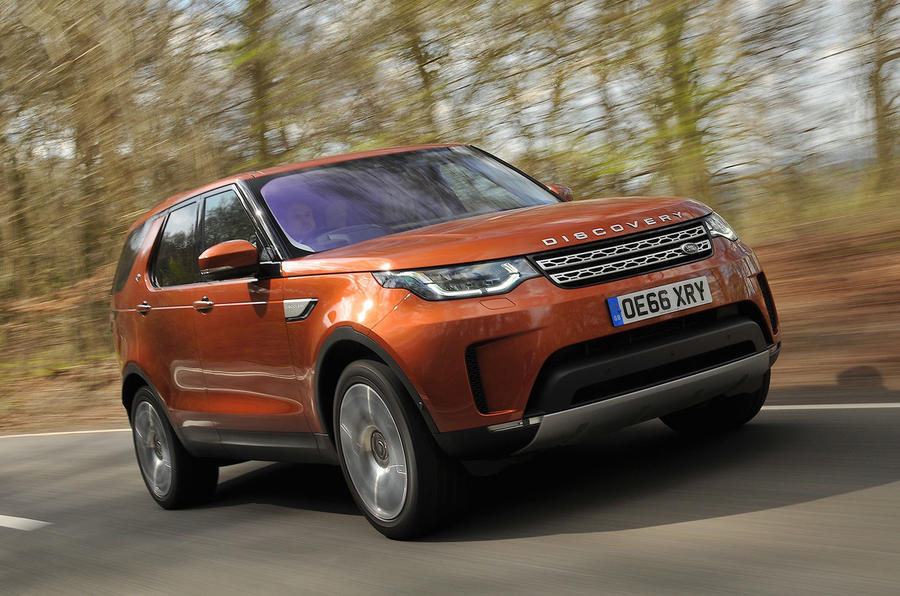
Sales of the current, seven-year-old Discovery – which is radically different to its predecessors – have hardly set the world alight. In the 12 months between March 2022 and March 2023, just over 12,000 units left JLR’s factory in Slovakia. By contrast, 75,000 examples of the Defender, its sister car at Nitra, were sold.
The long slide started in 2019, when 41,000 Discoverys were sold. In 2020, the total was just 33,600. Of course, JLR was still suffering from the global chip shortage and Covid shutdowns, and it was clearly going to prioritise Defender production.
But even so, insiders say it’s clear that the Defender – which is much closer in spirit to the previous generations of Discovery – is taking significant sales from its range-mate.
The smaller Land Rover Discovery Sport, which is now eight years old (although it did receive a comprehensive update in 2019) is also fading fast.
Between March 2022 and March 2023, sales fell to around 36,000, after 88,000 were sold in 2019 and 75,000 in 2020. Again, it was a victim of the chip shortage, age and new challengers.
Clearly, the Discovery line – which did so much to boost Land Rover’s fortunes when it was born in 1989 – is suffering a mid-life crisis. The polarising Mk5 Discovery has been torpedoed by the new Defender and the Discovery Sport is aged and facing huge competition.
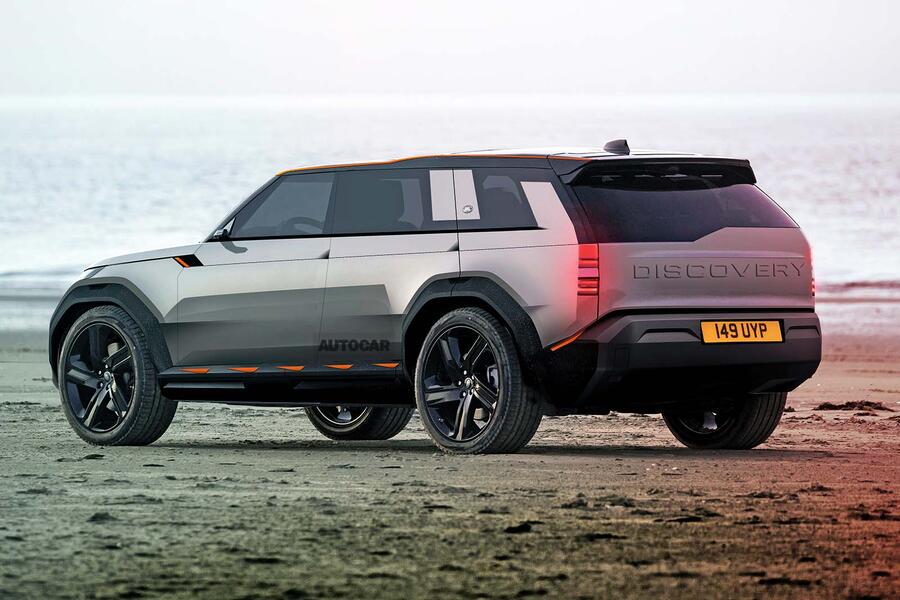
It also now looks increasingly likely that any new Discovery will be based on the upcoming pure-electric EMA platform, which is being installed at JLR’s Halewood plant.
With three models already thought to be confirmed for this architecture (the Mk3 Range Rover Evoque, the Defender Sport and what’s believed to be a retro reincarnation of the original Range Rover), JLR has an especially difficult job finding a solid market niche for a reinvented Discovery.
So where on earth to start for JLR’s biggest thinkers, who need to define Discovery for 2026, when the only intellectual hard points seem to be ‘family’ and ‘space’? McGillycuddy’s question of “what space will it fill?” seems to be key JLR is set to be selling six different SUV models by 2026/2027, so what would be the point of trying to add another?
And what sort of Land Rover isn’t just another family SUV? But perhaps we can thread together an argument and a concept for the new Discovery, especially in the context of the other two Land Rover-badged brands.
Let’s dig into a presentation made in the summer by JLR’s chief creative officer, Gerry McGovern. He said that the company’s overall vision was to “become proud creators of some of the world’s most desirable modern luxury brands for the world’s most discerning clients” and that the house of brands strategy would have each nameplate “intensely curated” but clearly differentiated, while still using the company’s “well-established modernist design philosophy”.
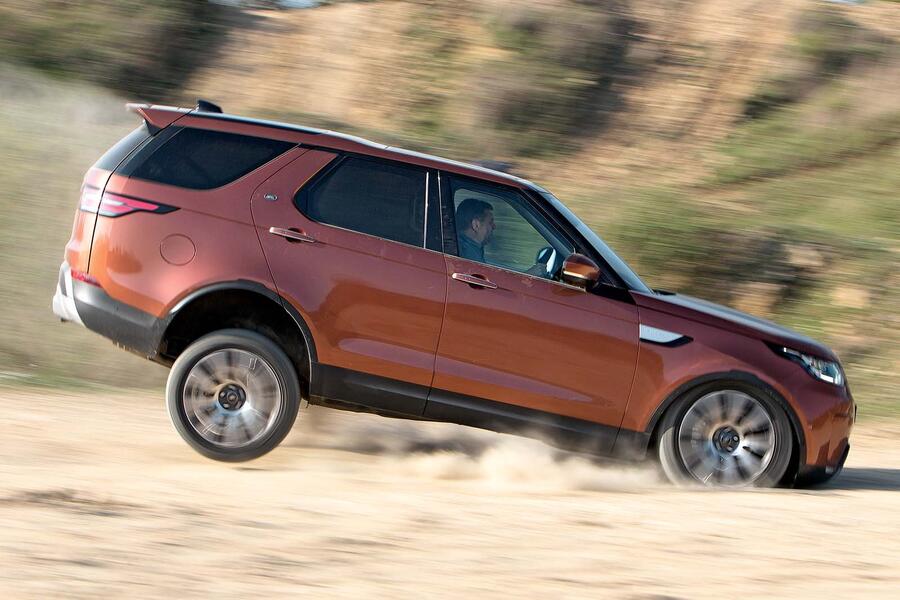
If that sounds a little windy, further along in his presentation he defined the “provenance” of each brand: Range Rover being “British originality”, Defender “British adventure” and Discovery “British ingenuity… designed for any family to enjoy any moment”.
McGovern also defined an “aesthetic” for each brand. Range Rover was “iconic”, Defender “heroic” and Discovery “human-centred”. Under “craftsmanship”, McGovern said Range Rover was “finest”, Defender “durable” and Discovery “versatile”.
So it’s looking like Discovery is heading towards being a car for more affluent families, marked by its design ingenuity, human-centred and adaptable, capable of fulfilling a wide number of roles.
Which sounds rather like a kind of premium MPV interior wrapped in a much more desirable shell with genuine rough-road abilities, but not one that’s too basically rugged and functional – something with genuine style and lined with tough premium materials. Seven seats will be a certainty. Not a super-Dacia, more a blend of Ford S-Max, Mercedes All Terrain and Audi Q7.
And there’s another reason to consider a car that’s rather less aerodynamically blunt than most JLR cars: the Mk6 Discovery will be launched as a pure EV, and aerodynamic efficiency matters a great deal with those.
More specifically, and importantly, is the overall design theme. If there’s a criticism of where JLR is today, it’s that all of its cars are extremely polished to the point of lacking any visual drama. That’s understandable for the Range Rover, which was born out of pure industrial design, but the Range Rover Sport has also lost its edge in pursuit of modernist plush.
Much of today’s range is perhaps too refined – cars that are dressed very smart casual when some of them need to look like they are bound for the Arctic Circle, not the dress circle.

Less is a bore, as the old design maxim goes. While the Defender is clearly far more expressive than its sibling models, it still leaves a way open for the reinvention of Discovery. Inspiration could be drawn from very high-end outdoor equipment: serious mountaineering and yachting kit offers a wealth of design cues.
Versatility means that the completely flat load space of the Mk3 Discovery needs to be revived – something that should be easy with a skateboard-style EV platform. The materials inside need to be hard-wearing and easy to clean. Moving away from the traditional JLR super-plush interior will give the Discovery brand another USP.
As a connoisseur of carrying wardrobes, I can say that the Mk6 Discovery’s internal load dimensions need to be around the same as those of the late S-Max – at least 1975mm long with the rear seats down and at least 1130mm wide.
A folding front passenger seat is also essential. That extra width should also allow JLR to meet the dreams of many parents: three individual middle-row seats.Size will also matter on city streets, so there’s an opportunity to create something that’s family-sized but not domineering.
The Mk2 Range Rover was 4.7m long and 1.87m high – perhaps that’s a proportion worth revisiting.
Of course, the trick here is to combine all this into a striking new SUV that stands apart from the Range Rover and Defender brands, resulting in a genuine stand-alone offer in JLR showrooms. Indeed, being a house of brands won’t work unless all the brands are distinct.
So what four words might describe a new Discovery? Here’s my suggestion: Everyone, Everything, Everywhere, Everyday.

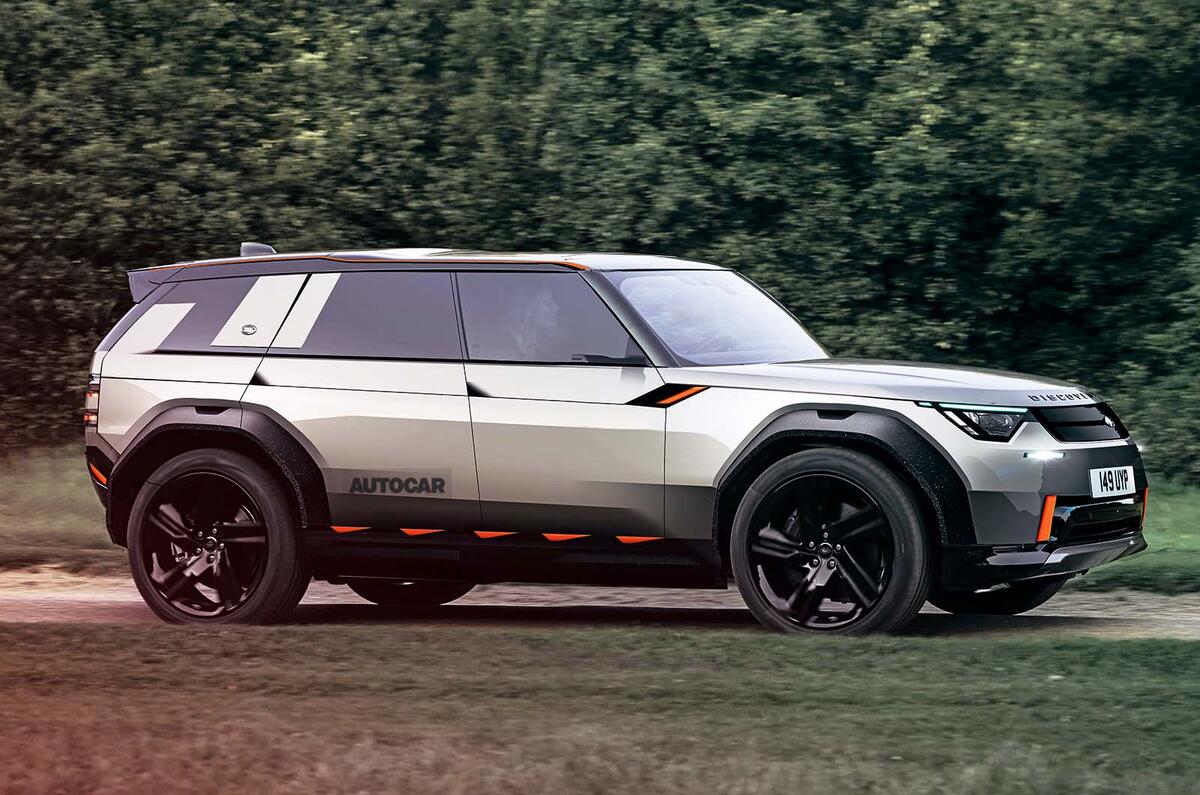
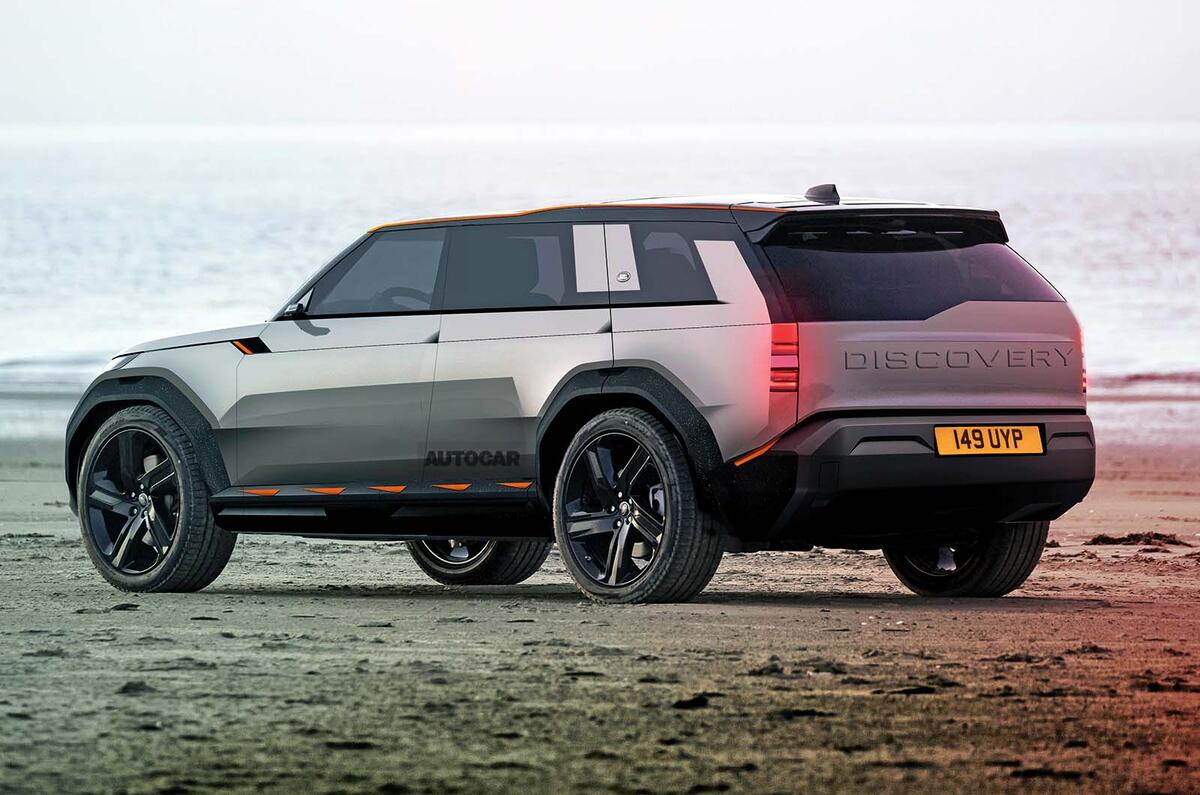
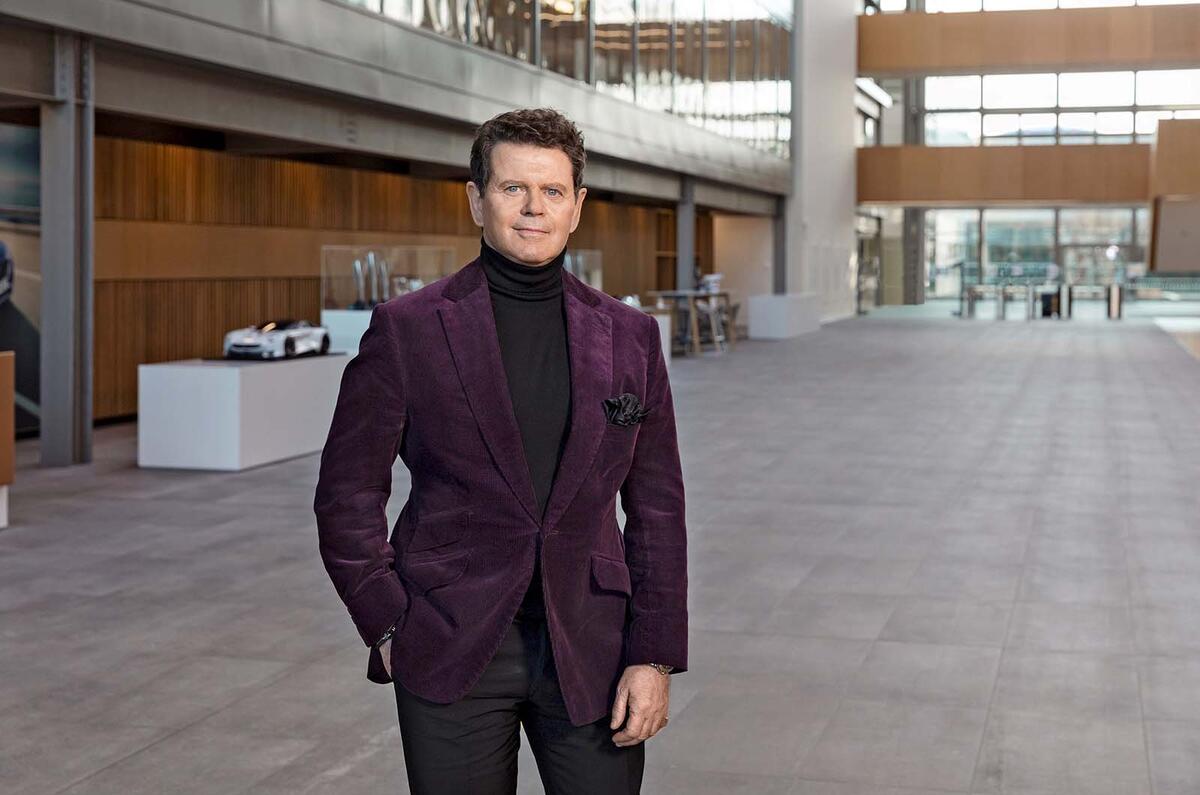
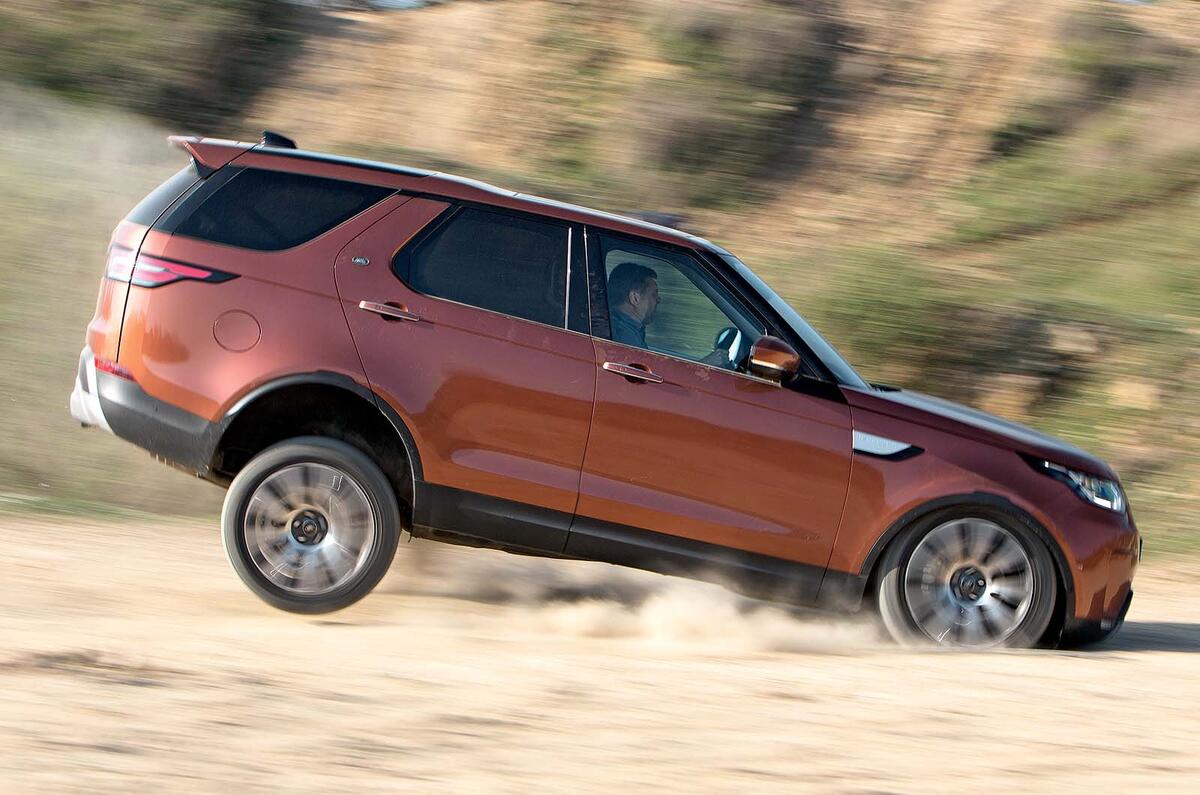
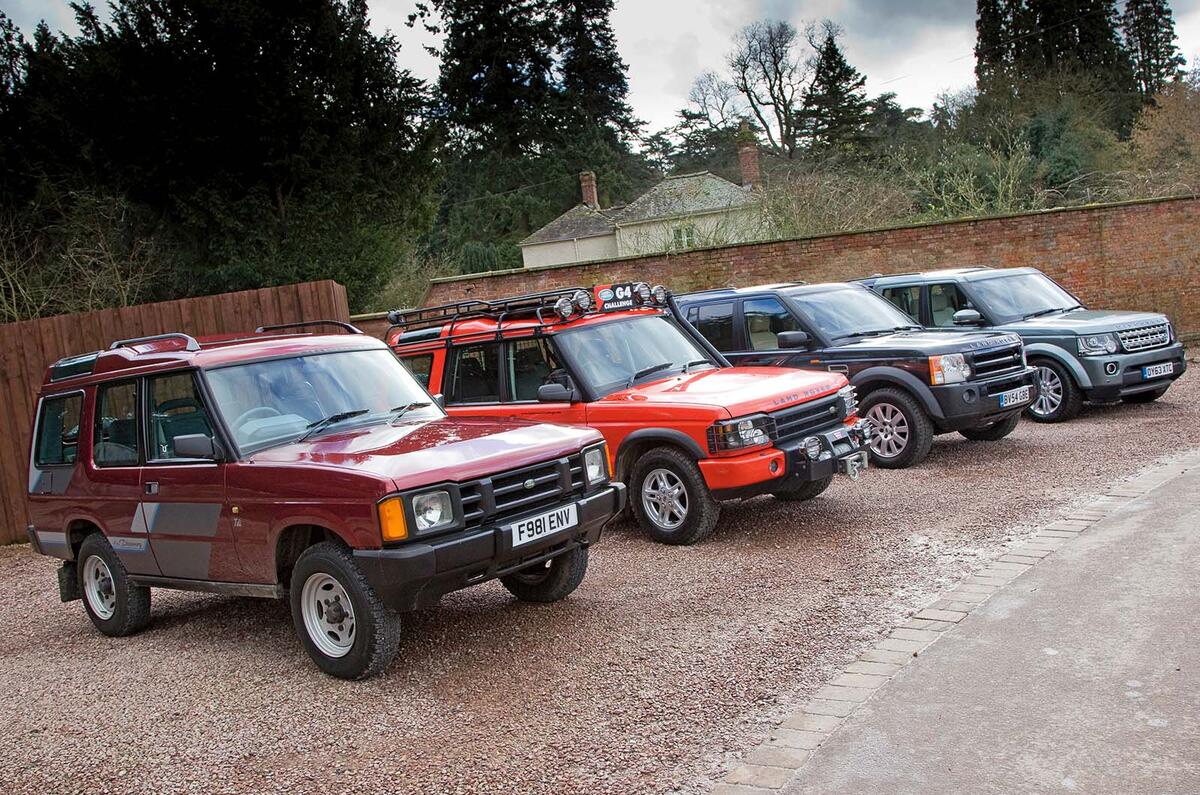
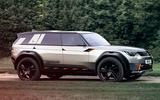
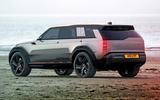

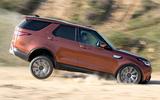
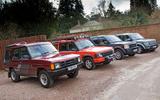


Join the debate
Add your comment
With increasing ev opportunities, it might be time to start selling, under the Rover brand, appropriate Tata cars, outside existing core markets. The previous experiment was in the distant and different past. MG, Dacia, Polestar and others, perhaps even Citroen, Cupra and Skoda, point to a direction for success for a mainstream brand positioned below JLR.
Hilton Holloway and JLR should forget all this hand wringing, and just admit the big problem with Discovery 5 is the way it looks. Nothing to do with number plate positions, the basic proportions of the car are just so wrong, and on top of this the actual lines of the back end look like they were rushed for a nearly missed deadline. Owners of the classy looking Disco 4 didn't want to replace it with something looking like this, after all it's supposedly a premium product. Having to always park it reversed up to a wall would get to be a pain after a while, I'm sure.
I think 'catnip' has it spot on. The discovery never looked special or even interesting. All the Landrover range meet most buyers fundamental requirements. The most important thing is how good it looks and JLR do know how to do this; the appearance is everything.
D5 oversized Discovery sport styling just didn't work... unless you squint really hard
I dont understand all this complicated philosophical nonsense about refreshing the big Discovery. I drive the current model and it is a brilliant tool for every mission you can throw at it.
Creating the new model is surely not a complicated philosophical debate. Take the defender base, add a more luxury focussed interior, body with a hatch back and seven seats, a little less bloat than the rear end of the current model and some sharper lines. Job done.
Why all this discussion and trashing of the discovery brand and mission I do not know. There is a very thin line between where Defender and Discovery need to sit, between utility and luxury while not treading on Range Rover, to differentiate between them, but it is clearly there.